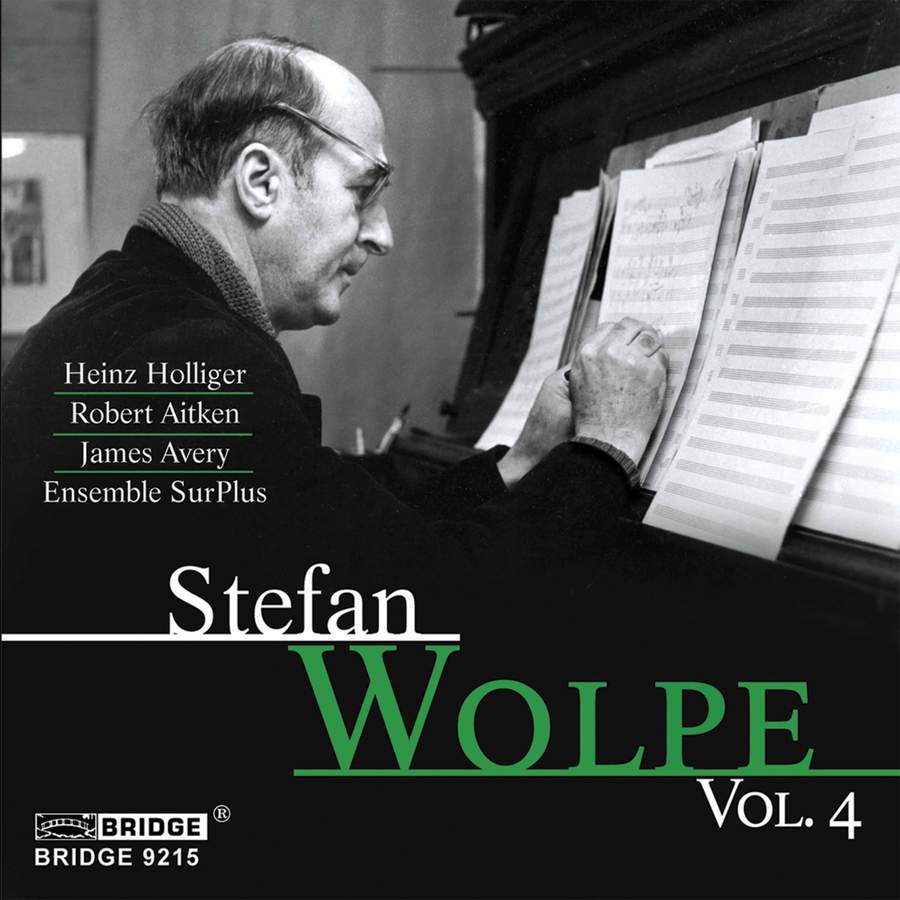

| Stefan Wolpe was born in Berlin on August
25, 1902. He attended the Klindworth-Scharwenka Conservatory from the
age of fourteen, and the Berlin Hochschule für Musik in 1920–21.
He studied composition under Franz Schreker, and was also a pupil of
Ferruccio Busoni. He also studied at the Bauhaus circa 1923, and met some
of the dadaists, setting Kurt Schwitters's poem An Anna Blume to
music. In 1928, Wolpe's first opera, Zeus und Elida, premiered in Berlin. This soon was followed by two more operas in 1929, Schöne Geschichten and Anna Blume. In 1927, he married the artist Ola Okuniewska from Czechoslovakia. Their daughter, Katharina Wolpe was born in 1931, but the couple had separated. His wife escaped to London in 1938, but his daughter was a de facto orphan in Berne during the war. The music Wolpe was writing between 1929 and 1933 was dissonant, using Arnold Schoenberg's twelve-tone technique. However, possibly influenced by Paul Hindemith's concept of Gebrauchsmusik (music that serves a social function), and as an avid socialist, he wrote a number of pieces for workers' unions and communist theater groups. For these, he made his style more accessible, incorporating elements of jazz and popular music. When the Nazis came to power in Germany, Wolpe, a Jew and a communist,
fled the country, passing through Romania and Russia en route to Austria
in 1933–34, where he met and studied with Anton Webern. He had left
Germany with a Romanian pianist, and he married Irma Schoenberg in Vienna.
He later moved to Palestine in 1934–38, where he wrote simple songs for
the kibbutzim. The music he was writing for concert performance, however,
remained complex and atonal. Partly because of this, his teaching contract
with the Palestine Conservatoire was not renewed for the 1938–39 school
year. 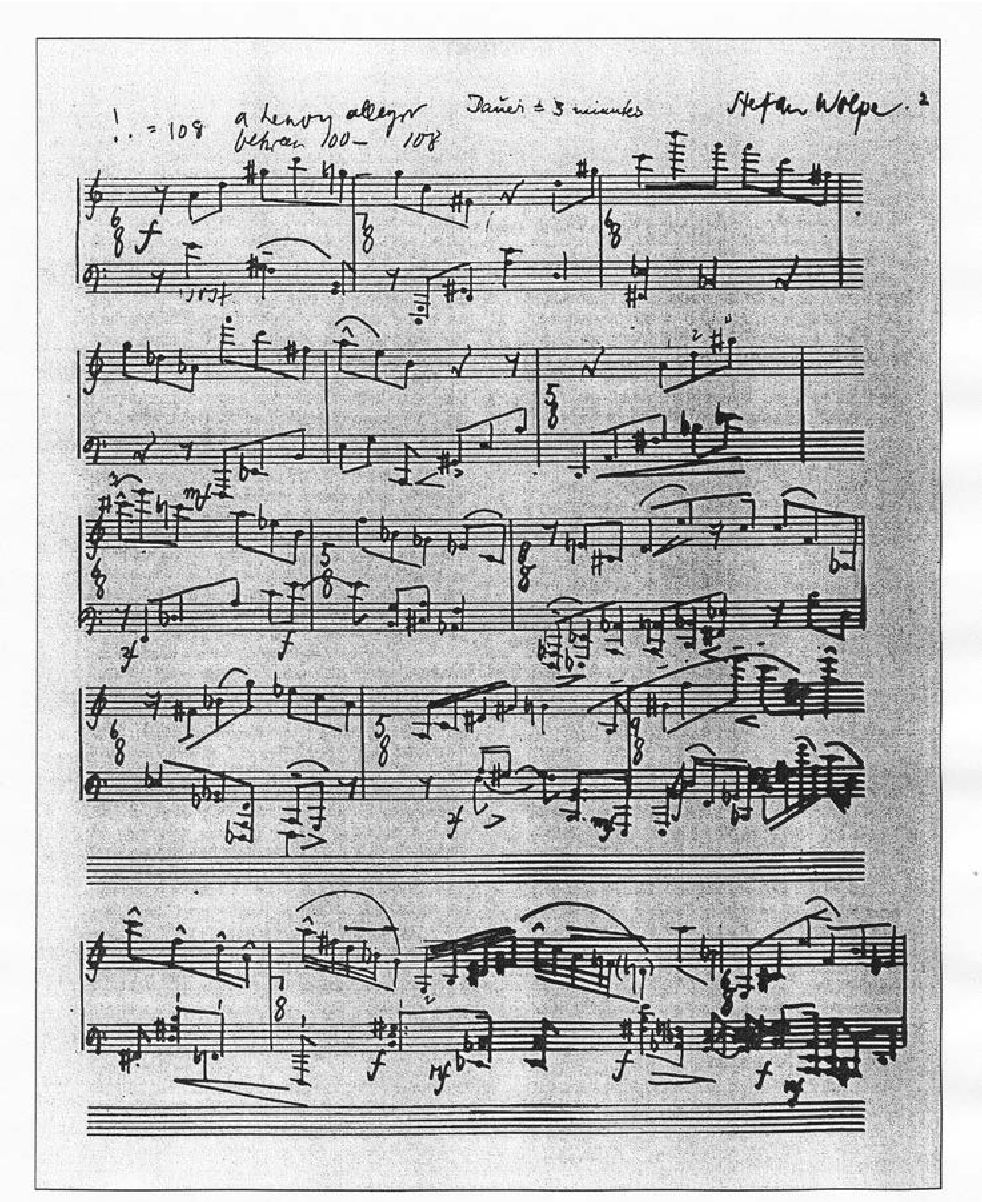
His works from this time sometimes used the twelve-tone technique, were sometimes diatonic, were sometimes based on the Arabic scales (such as maqam saba) he had heard in Palestine, and sometimes employed some other method of tonal organization. Elliott Carter has said of Wolpe's music that, "he does everything wrong and it comes out right." Wolpe developed Parkinson's disease in 1964, and died in New York City on April 4, 1972. |
 I had known composer M. William Karlins (1932-2005)
since the early 1970s, when I was a Graduate Student in the School of Music
at Northwestern University, where he had taught since 1967. We did
an interview early in 1992, in preparation for a program on WNIB, Classical
97 in Chicago celebrating his 60th birthday. To read that interview,
click HERE.
I had known composer M. William Karlins (1932-2005)
since the early 1970s, when I was a Graduate Student in the School of Music
at Northwestern University, where he had taught since 1967. We did
an interview early in 1992, in preparation for a program on WNIB, Classical
97 in Chicago celebrating his 60th birthday. To read that interview,
click HERE.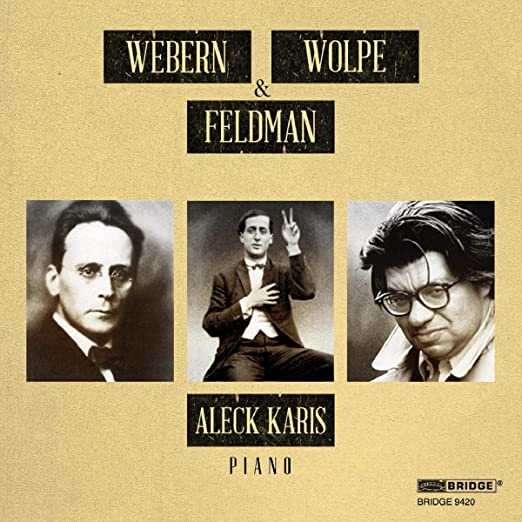 Karlins: That’s right. Yes, the
contrast is understood, but Wolpe taught us that it doesn’t have
to be exactly where the master put it. You can switch, just as
you can switch notes. We see this in many of the editions of the
Bach fugues, for example. In The Well-Tempered Clavier Fugues,
you find that in certain spots there are editions with different
notes. They all fit into the harmony, but they are different
notes. Evidently one copyist copied one note, or one son copied
a different one at a different time. It’s still a great masterpiece.
There can be an E in that one spot, or it might be a G, but it’s
still a great masterpiece, and this was his point.
Karlins: That’s right. Yes, the
contrast is understood, but Wolpe taught us that it doesn’t have
to be exactly where the master put it. You can switch, just as
you can switch notes. We see this in many of the editions of the
Bach fugues, for example. In The Well-Tempered Clavier Fugues,
you find that in certain spots there are editions with different
notes. They all fit into the harmony, but they are different
notes. Evidently one copyist copied one note, or one son copied
a different one at a different time. It’s still a great masterpiece.
There can be an E in that one spot, or it might be a G, but it’s
still a great masterpiece, and this was his point.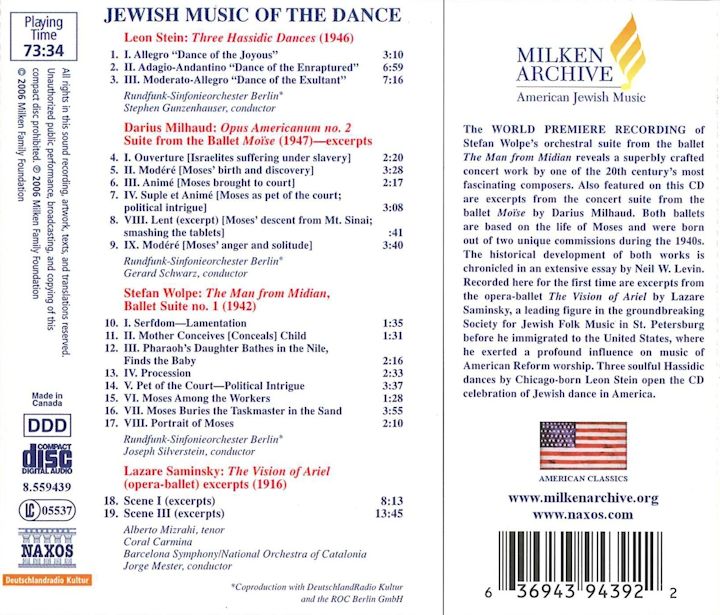 BD: Does that influence you when you’re
dealing with audiences — that
one piece will grab some of the audience, and another piece would grab
a different part of that same audience?
BD: Does that influence you when you’re
dealing with audiences — that
one piece will grab some of the audience, and another piece would grab
a different part of that same audience?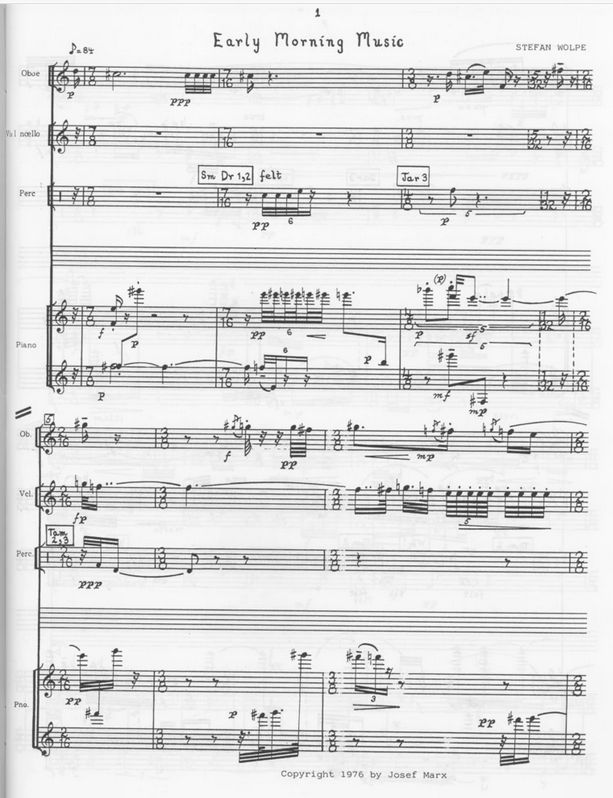 BD: You knew Wolpe towards the end
of his life. Was he still proud of the works that he had
written ten, twenty, thirty, forty years previous?
BD: You knew Wolpe towards the end
of his life. Was he still proud of the works that he had
written ten, twenty, thirty, forty years previous?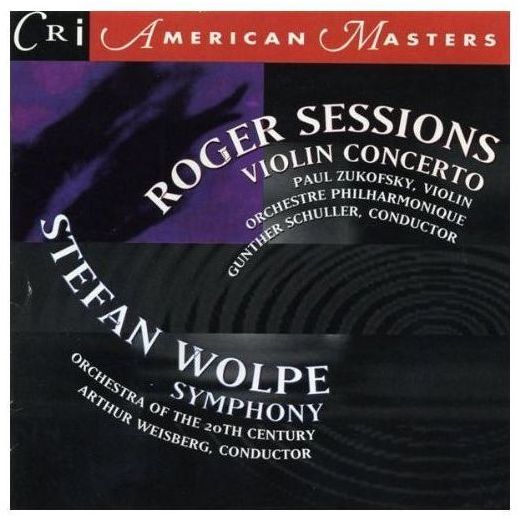 Karlins: No, he wasn’t specific that way. He
just said to look at that tank which was beautiful, and at these
fish. The important thing was that they were not hitting into
one another. That would have been bad.
Karlins: No, he wasn’t specific that way. He
just said to look at that tank which was beautiful, and at these
fish. The important thing was that they were not hitting into
one another. That would have been bad. BD: Did he shake off the ideological
view that Communism was good?
BD: Did he shake off the ideological
view that Communism was good?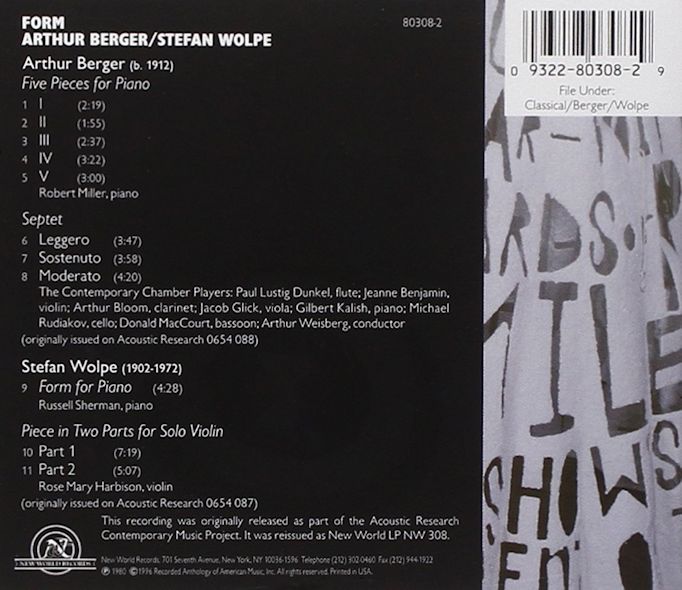 BD: You’re saying that doesn’t happen
today — that youngsters, or even
middle-agers, don’t hear a piece and decide they’ve got to study with
the guy who wrote that?
BD: You’re saying that doesn’t happen
today — that youngsters, or even
middle-agers, don’t hear a piece and decide they’ve got to study with
the guy who wrote that?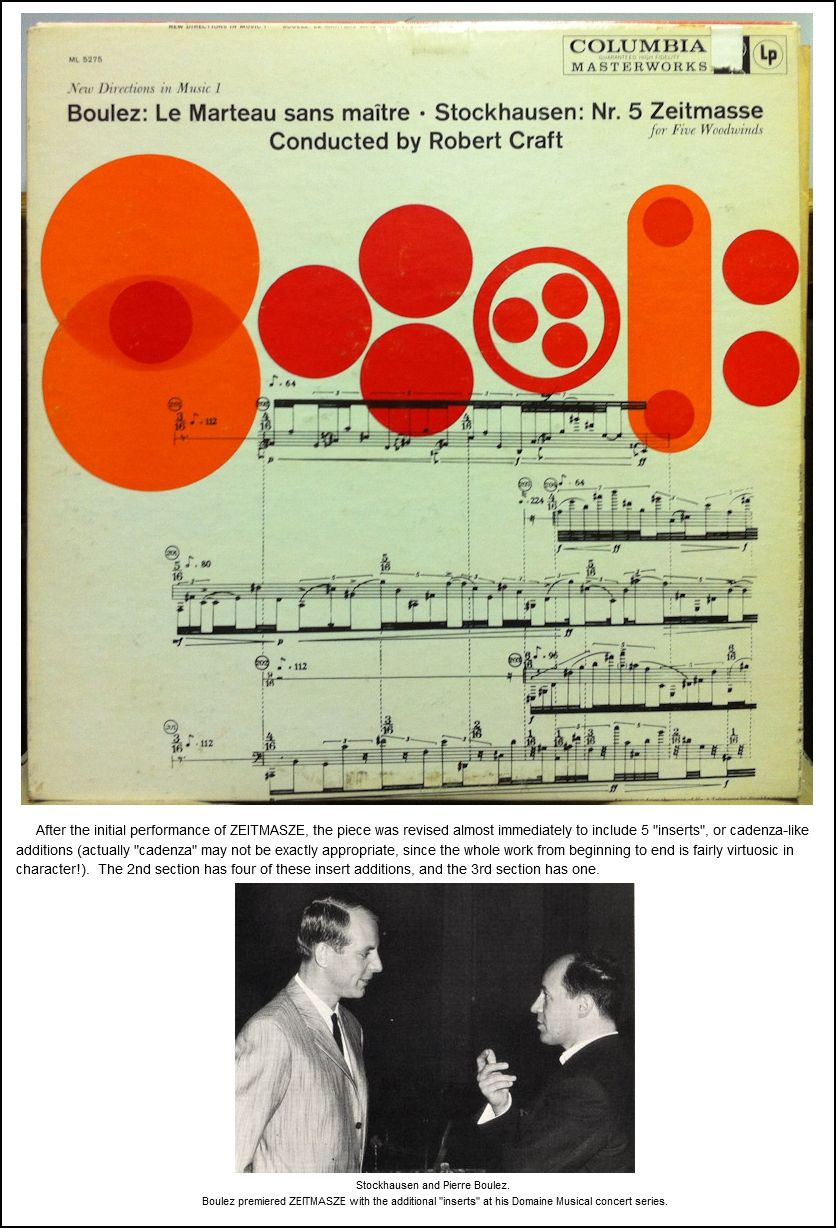
[At this point, Karlins looked over his notes and related a couple of other items . . .]
© 1992 Bruce Duffie
This conversation was recorded at the home of M. William Karlins, in Northbrook, Illinois, on August 17, 1992. Portions were broadcast on WNIB later that year, and subsequently. This transcription was made in 2020, and posted on this website at that time. My thanks to British soprano Una Barry for her help in preparing this website presentation.
To see a full list (with links) of interviews which have been transcribed and posted on this website, click here.
Award - winning broadcaster Bruce Duffie was with WNIB, Classical 97 in Chicago from 1975 until its final moment as a classical station in February of 2001. His interviews have also appeared in various magazines and journals since 1980, and he now continues his broadcast series on WNUR-FM, as well as on Contemporary Classical Internet Radio.
You are invited to visit his website for more information about his work, including selected transcripts of other interviews, plus a full list of his guests. He would also like to call your attention to the photos and information about his grandfather, who was a pioneer in the automotive field more than a century ago. You may also send him E-Mail with comments, questions and suggestions.